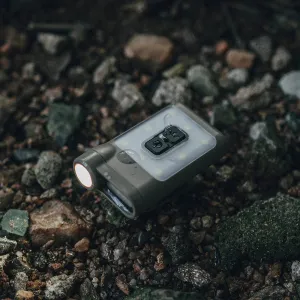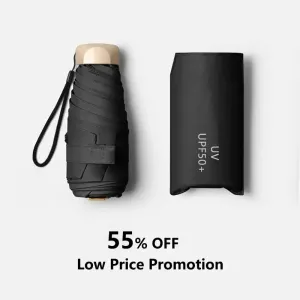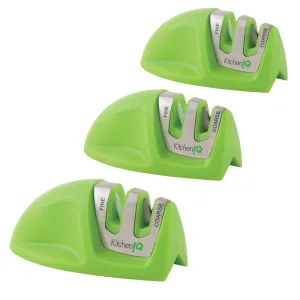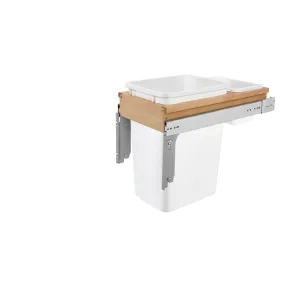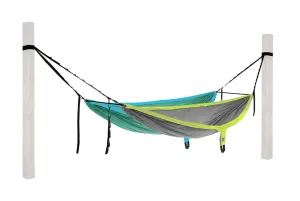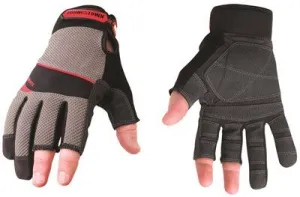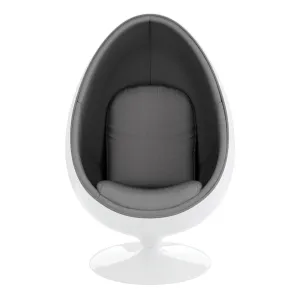We are very happy to be able to introduce this new line to Japanese knives aficionados across the world! The minimalism and subtlety of design is what first drew us to this collection forged in Tsunehisa smithy.
Suitable for first-time buyers of a Japanese kitchen knife. It can also serve as a wonderful gift!
BLADE SHAPE:
is a Japanese version of traditional European Chef knife; a multi-purpose knife, where blade lengths vary from 210mm (8.3") to as long as 300mm (11.8"). The longer ones primarily for cutting larger chunks of meat, while the shorter ones excel at slicing vegetables and cutting a steak or two.
This 300mm (11.8") Gyuto’s blade, at just 2.1mm (0.08"), is among the thinnest we have in our range. The knife has an immaculate "out of the box" sharpness, laser-thin spine of the blade, good balance and offers a lightweight feeling while in use.
STEEL:
is synonymous with efficiency and durability and is extremely easy to maintain as the blade is completely stainless.
LAMINATION:
Unlike other knives, this knife is not laminated and is made entirely of one steel, being of so-called .
BLADE FINISH:
The blade is minimalistic with a and an engraved signature by the master on the right side.
HANDLE:
The handle (traditional Japanese Wa) is oval and smooth, with no discernible transition between the rosewood and maple wood. It’s suitable for both left- and right-handed users.
Where the blade meets the handle, you may notice a special feature called Machi spacing. This is a small gap between the lower part of the blade and the handle, which can be seen mostly in Yanagiba knives. It is a feature that pays tribute to Japanese swords and is typical mostly in the work of blacksmiths located in and around the Tokyo area. So don't worry, it is not a flaw in assembly of the blade and the handle, but rather a homage to Japanese forging tradition that could be displayed on a magnet right there on your kitchen wall.
About Tsunehisa:
are a brand that combines a variety of high-quality knives from various knife centers of Japan such as Tosa, Seki, and Sakai. Their philosophy is that each region has its own steel and different manufacturing processes. For example, Tosa is best known for its Ginsanko and Aus-8 steels, Seki is famous for making excellent blades from the V-Gold group of steels, and Sakai for its single beveled Honyaki knives.




![Tsunehisa VG-1 Gyuto 300mm (11.8") [Rosewood]](https://www.yascoction.shop/image/tsunehisa-vg-1-gyuto-300mm-118quot-rosewood_8tDwWc_1.webp)
